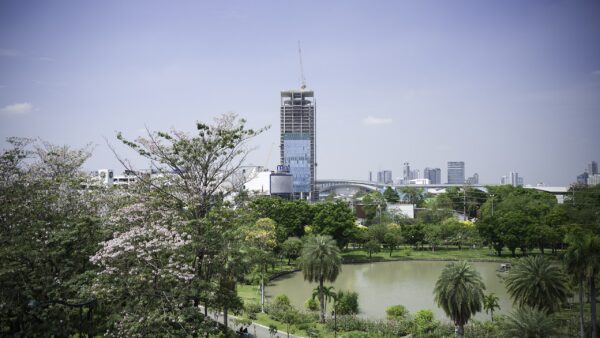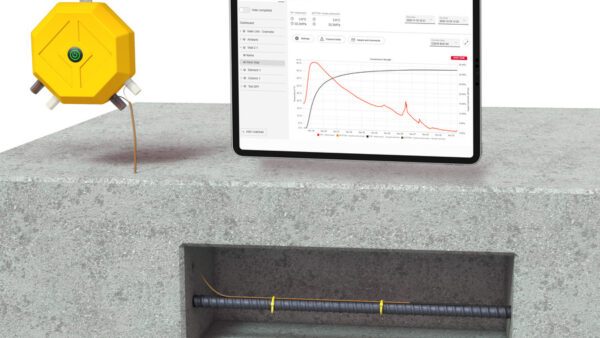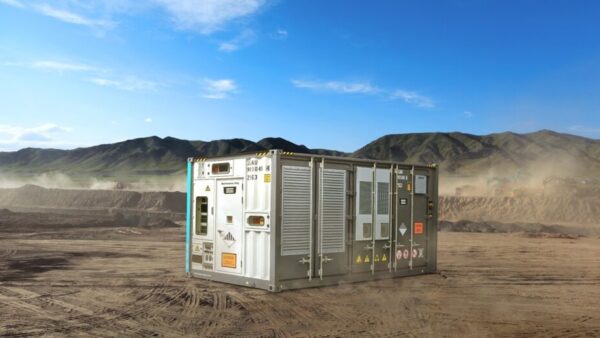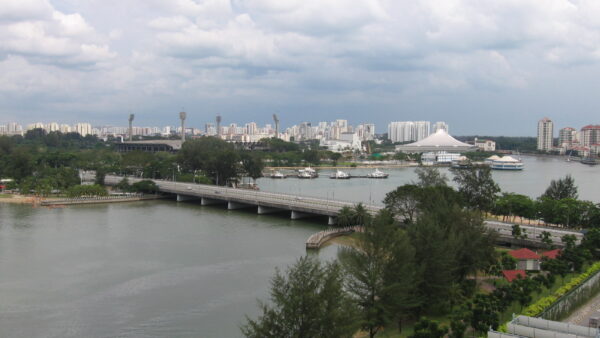An uninhabited city is to be built in the New Mexico desert to test technologies such as renewable energy generation and smart grids. To add to the eeriness of the scenario, it will also trial driverless vehicles, thereby creating the illusion of a town that runs entirely without humans.
The experiment is to be called the Centre for Innovation, Testing and Evaluation (CITE), and it will be funded by a Washington DC-based technology development company called Pegasus Holdings.
The company conceived the $200m scheme to test its own products, but it will make it available to other companies that want to run experimental systems in a realistic urban setting.
Bob Brumley, the managing director of Pegasus, told Wired magazine: “It will be a true laboratory without the complication and safety issues associated with residents. Here you can break things and run into things, and get used to how they work before taking them out into the market. If the human experience is a key part of the test, we can add people at any time.
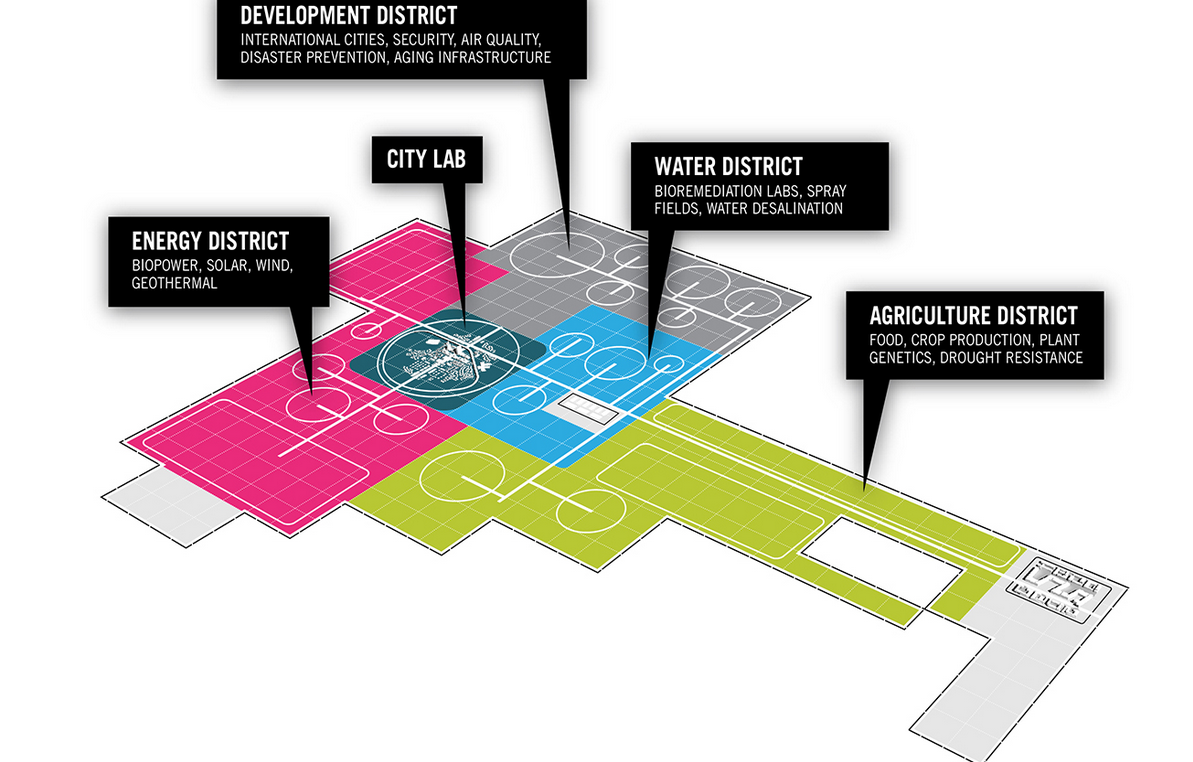
“We believe this would be a great place where someone like Jeff Bezos or Elon Musk could test something at scale before bringing it into the marketplace. We hope they feel that way too.”
Construction of the city was originally scheduled to begin in 2012, but was cancelled by Pegasus, before being revived in 2014.
CITE will cover about 15 square miles, and will be the first “test city” to have such a wide scale and scope. As well as setting up and running experiments, it will be able to evaluation and certify their results.
The “City Lab” will contain similar infrastructure to any other city, such as schools, parks and a surrounding suburb. The scale will allow self-driving transportation, alternative power generation and smart telecoms systems to be tested in a realistic way.
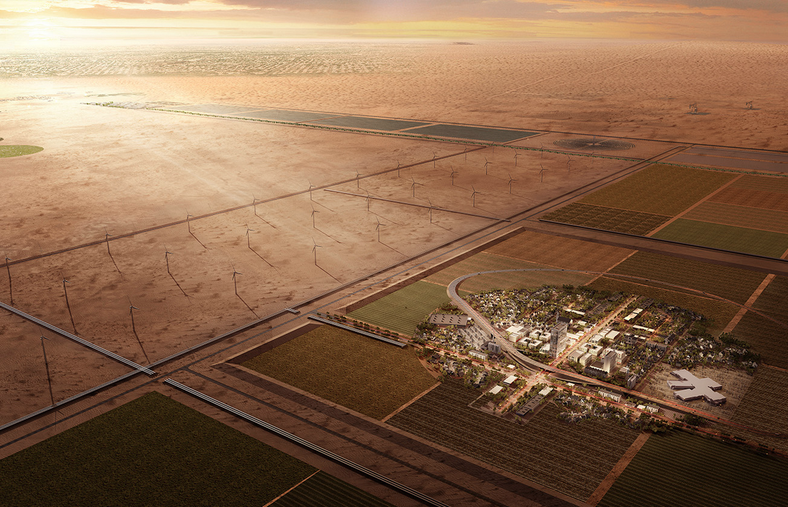
Work on site is due to begin in autumn this year.
Read more about the project here.
Images via Perkins + Will (Pegasus Global Holdings)
For a high resolution version of the top image click here.





